Researchers at the University of Munich have demonstrated a conceptually novel nanocarrier strategy in which the nanoparticles are both the cargo and the carrier.
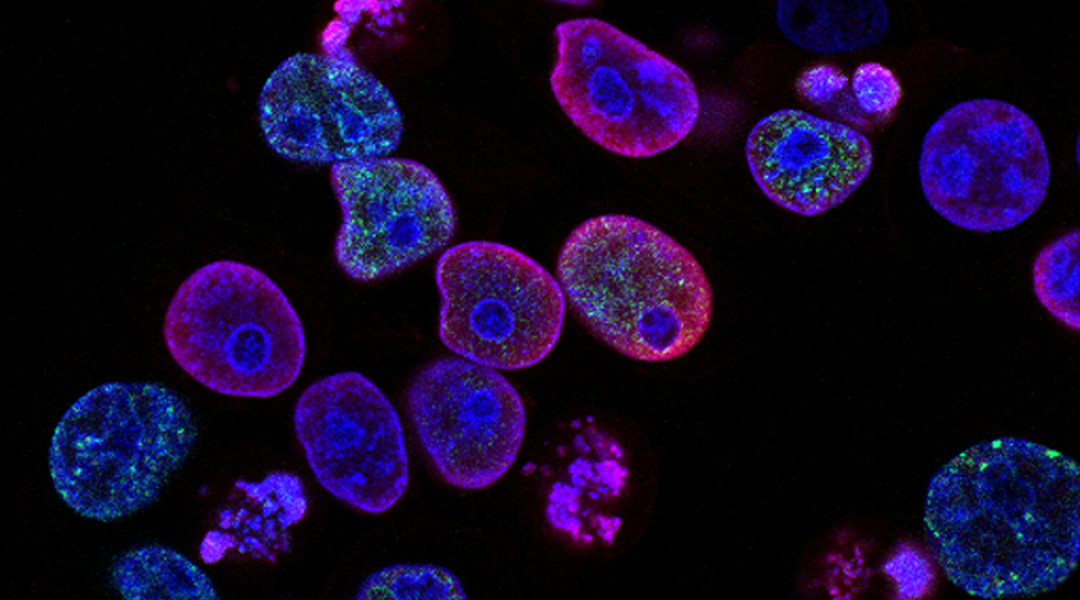

Researchers at the University of Munich have demonstrated a conceptually novel nanocarrier strategy in which the nanoparticles are both the cargo and the carrier.

A new AI system can identify optimal combinations of drugs and dosages in a matter of days to help halt viral pandemics before they reach global scales.
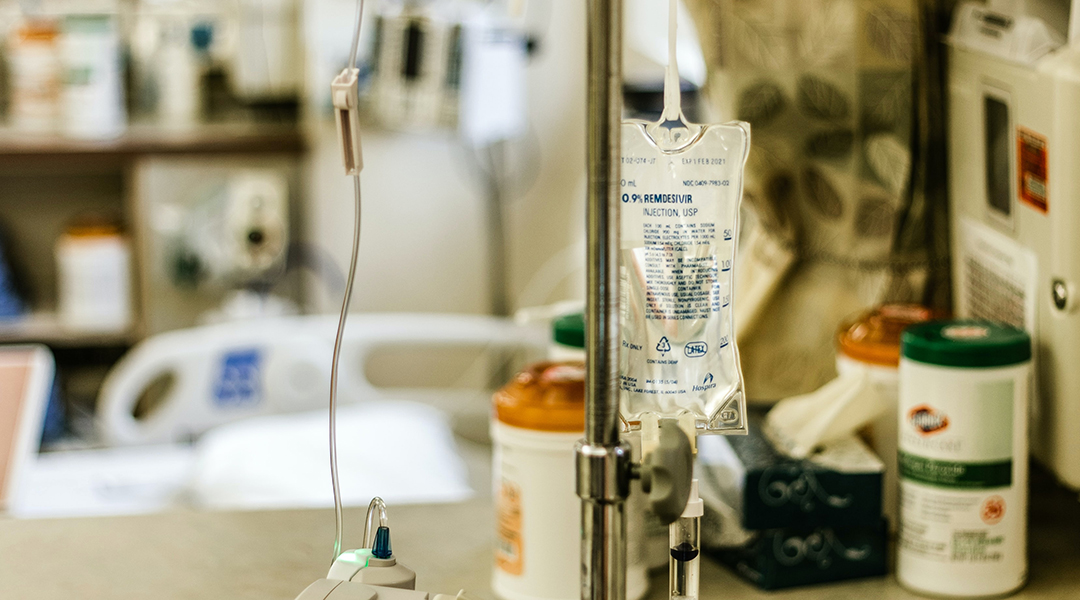
Remdesivir, an anti-viral agent known to be effective against MERS, is already in human trials as researchers search for a treatment for COVID-19.
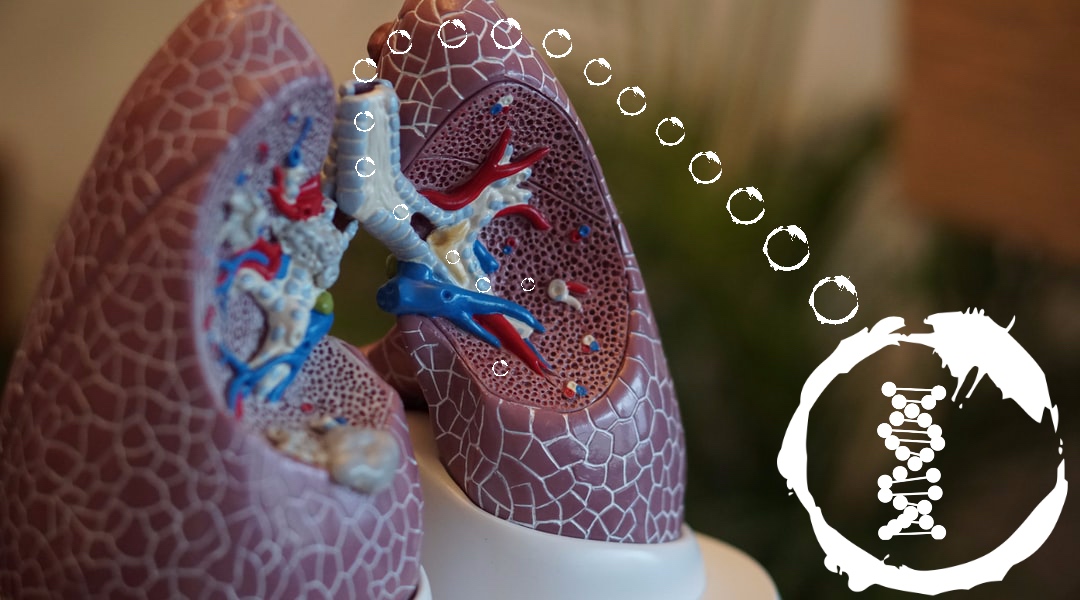
A nanocarrier that can deliver siRNA into the lungs is investigated for the treatment of severe asthma and other lung diseases.
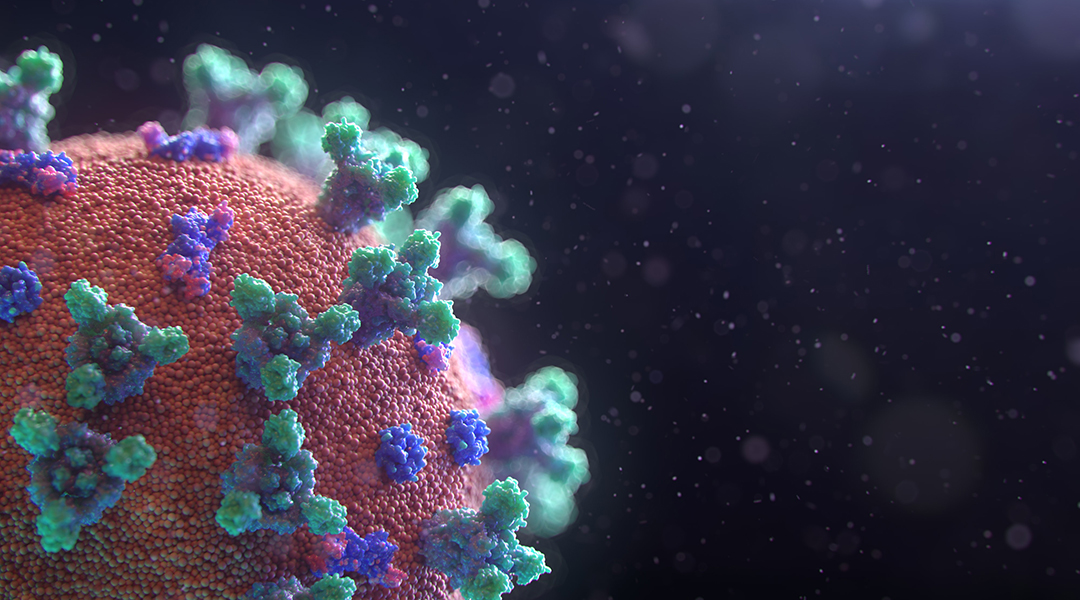
RNA elements that are found in the genomes of numerous representatives within the same virus family provide new opportunities to expand the repertoire of targets for the development of antiviral therapy.

Scientists engineer a virus known to be be harmless to humans to stimulate an immune response against the coronavirus family in mice.

A blackboard of therapeutic innovation: Researchers seek to understand how antisense oligonucleotides can “erase” disorders.
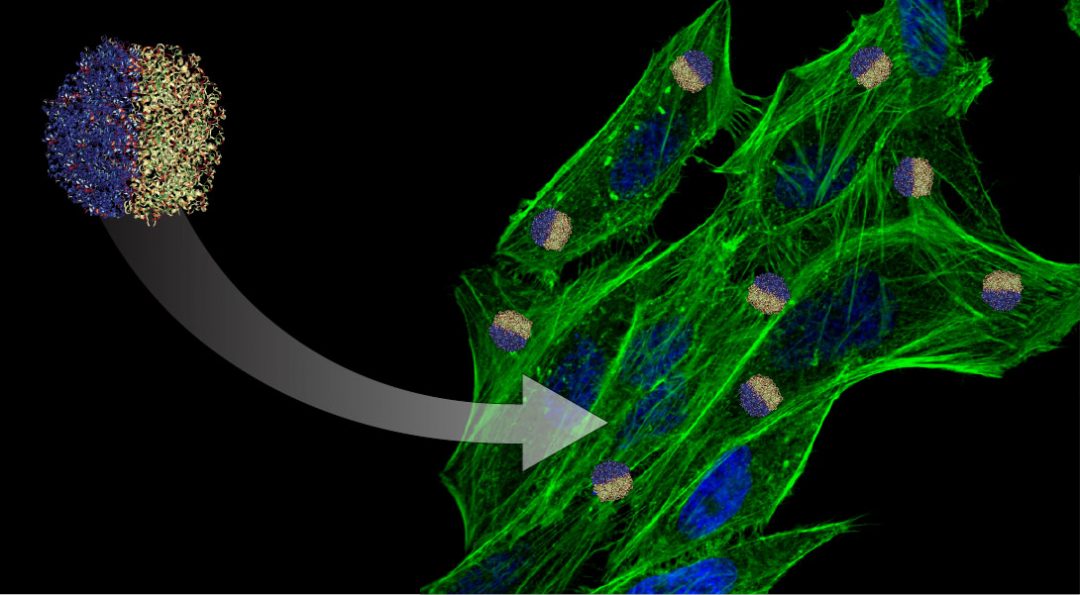
The Lahann Lab at the University of Michigan discusses how nanomedicine benefits by bridging biology, engineering, and materials.

A team of researchers overcomes antibiotic resistance in MRSA by combining antibiotics with irradiation.
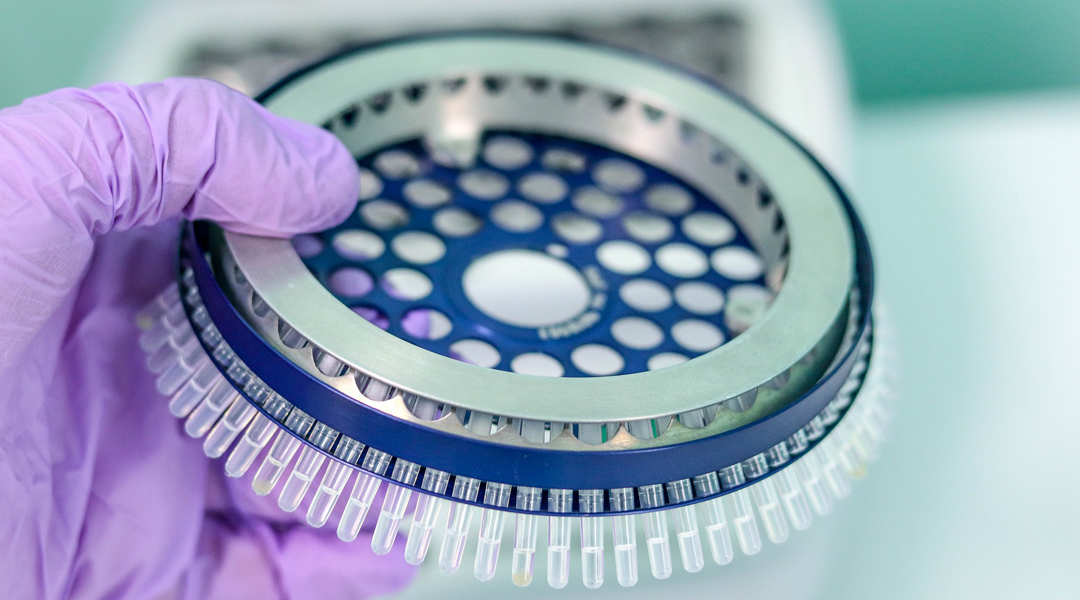
A new case study monitors the evolution of testing guidelines in the face of a growing global pandemic.